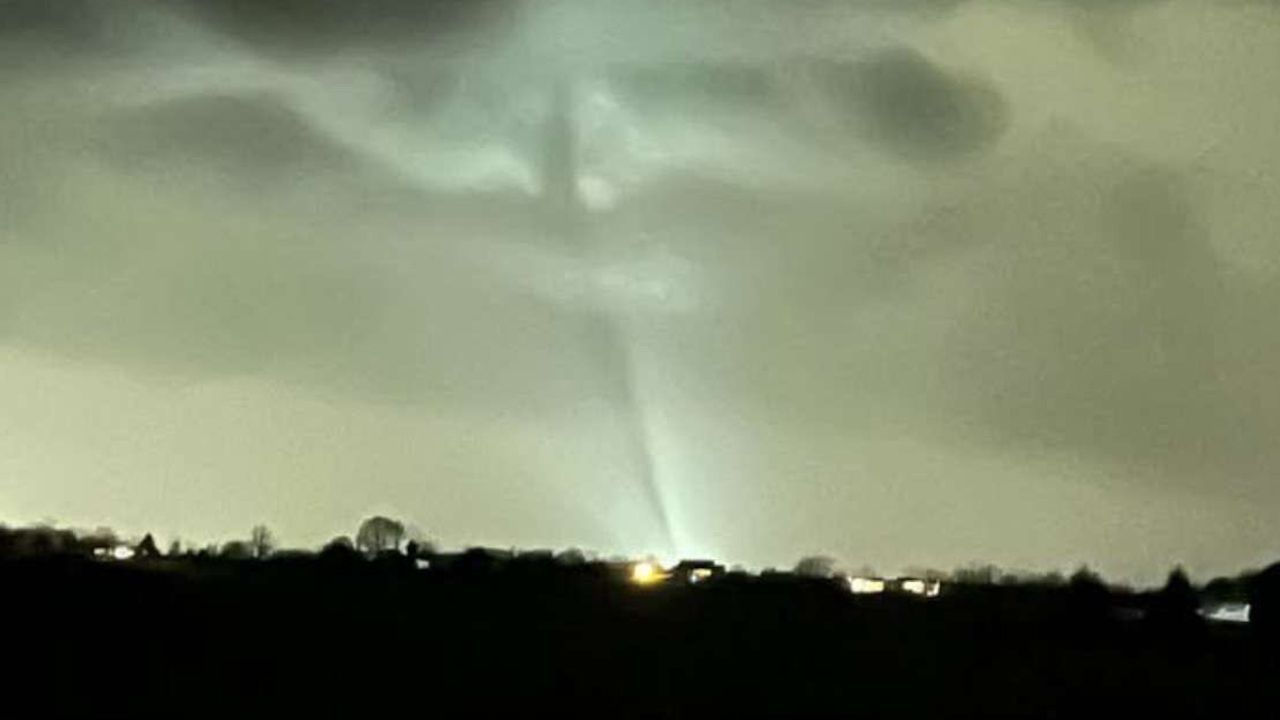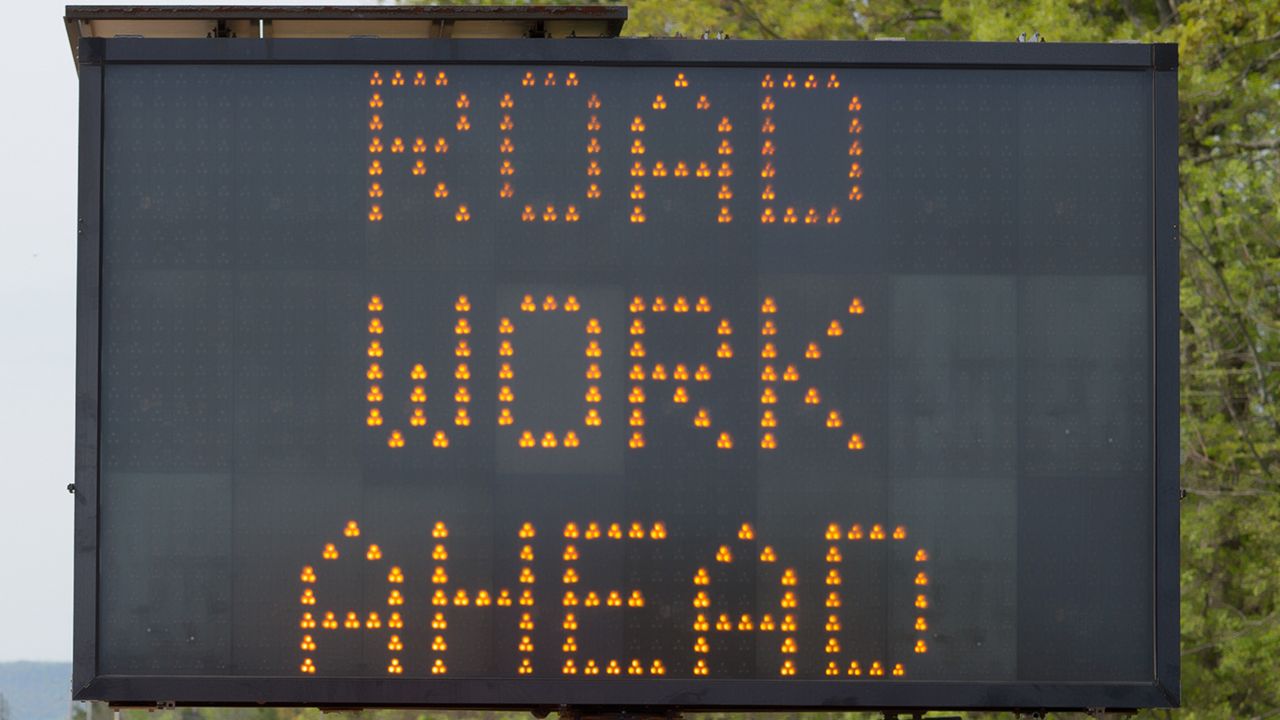CINCINNATI, Ohio—10-year-old Oliver was among the crowd watching history happen as Cincinnati raised the LGBTQ Pride Flag at City Hall for the first time.
“It means that people are equal now,” said Oliver.
Equality that has been long fought in Cincinnati, statewide and across the country.
- Signifies LGBTQ equality
- Being LGBTQ not always celebrated by the city
- Public Library features exhibit celebrating Pride legacy
For the first gay councilman in Cincinnati Chris Seelbach (D), who spearheaded this event, it represents both an achievement and an opportunity.
“Today we're going to make history…this weekend we're going to celebrate pride, and how far we've come, then Monday we're going to go back to work fighting to make our country one that everyone is valued and treated equally under the law,” said Seelbach.
Cincinnati's LGBTQ history goes a long way back. The first Pride March was held in 1973.
But the community didn't always have Pride celebrations, and like most places at the time, being LGBTQ wasn't always celebrated by the city.
Back in 1993, the city passed Article 12 which banned LGBTQ protections, and the impact was felt for years.
"We lost over 50 million in documented convention business loss, and likely much more. People moved away, and we continued our decline in population,” said Seelbach.
But the voters would repeal Article 12 in 2004, and start a fast forward toward LGBTQ inclusivity.
“We restored our human rights ordinance, passed equal partner health benefits for all city employees, implemented a domestic partner registry, became the 3rd city in the country to offer transgender inclusive healthcare, and after the death of Leelah Alcorn, became the first city in the country to ban conversion therapy for minors,” said Seelbach.
And now thanks to the library, people can see that history in person.
David Siders does community engagement for the Public Library of Cincinnati and Hamilton County.
Their downtown branch boasts an exhibit taking visitors through Cincinnati's LGBTQ experience over time, called "Celebrate the Legacy of Pride: Strong, Safe, Supported."
“We created kind of a timeline of particular cultural milestones along the way. And how everything from terminology to cultural attitudes have changed,” said Siders.
The exhibit shows the first Pride Proclamation signed in 1978 by then Mayor Gerald Springer— you might know him as Jerry.
“Proclaiming the Lesbian/Gay community is working toward informing the public of their concerns and their points of view, and essentially addressing gay rights of the city…quite interesting to think of the date, 1978,” said Siders.
The library has special sections with LGBTQ books across its footprint.
Siders wants LGBTQ people to find themselves among the history and literature—
“The library has strong values of equity and inclusion of all of our community members. And we are very interested in meeting people where they are,” said Siders. “And the library makes an effort to reflect community and reflect community members so they feel welcome when they come into our buildings.”
And learn about what came before.
"One dimension of this exhibit is giving an opportunity and including for younger people, to actually learn about cultural advances in our community," said Siders.
News clippings chronicle the progress of LGBTQ rights in Cincinnati, including the Cincinnati Enquirer's 1982 coverage of “homosexuals in a report” and the landmark case of Obergefell v. Hodges, that helped push marriage equality forward.
“It's very interesting to see how perspectives has evolved, how language has evolved, how descriptors and headlines of the LGBTQ community has changed over the years. So, it's kind of history come alive,” said Siders.
A history of a community preserved for young people like Oliver, who got to see a community welcoming to its LGBTQ people.
“People are equal, no matter what...gay, transgender or whatever,” said Oliver. “And if there's newcomers coming from Indiana or Kentucky or whatever, they see that flag and they know what type of city we are,” said Oliver.










